
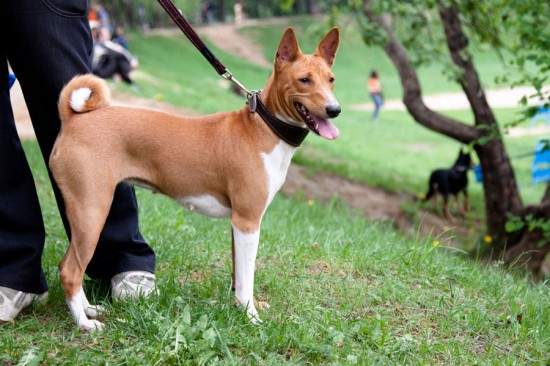
You are walking your well behaved dog, Rover, along a narrow country path. He is not on his lead and you see someone coming towards you with a dog also running free and they make no effort to restrain it. What do you do? Trust the other person and their judgement? Take a chance? Pick Rover up (if he's small enough - don't try that with a Leonberger)? Turn around and walk away?
Welcome to dog owner's etiquette.
Dogs have their own etiquette of course but unless you have studied canine behaviour you are unlikely to know or even guess what your pet's body language is communicating - even the familiar sight of a wagging tail is not always what it seems.
If you usually walk 'Rover' in the same place, day in, day out, then you are probably already familiar with dogs that are to be trusted off lead and with the good judgement of their owners. 'Sally' may ignore all other pooches all of the time whilst 'Benji' may always want to play rough even with the smallest puppy. Sally's owner never has to put her on her lead whilst Benji's owner always has to unless he is about to meet a tried and trusted doggy friend who also likes to play rough.
This manner of controlling dog to dog meetings works fine as long as everyone taking part, both human and canine, knows one another. However, when you are in an unfamiliar situation you have to rely on other people's judgement, or etiquette.
I used to have a Cocker Spaniel called Jamie and a German Shepherd called Penny. Penny was as big as GSD's get and looked quite intimidating but she was extremely well behaved and had no interest at all in other dogs. Jamie, the cute Cocker, was very friendly, in fact over friendly at times with other male dogs but that's another story! I would see someone coming towards me with an unknown canine companion on its lead so I would call Jamie and restrain him too as he could not always be relied upon to obey my command of 'leave it'. Penny was not put on her lead; she was 100% guaranteed to walk by anything without a sideways glance but I would often see the uncertainty on people's faces as my large, fierce looking GSD remained unrestrained.
I was lucky with Penny but I now own a German Shepherd who does not like other dogs and has been known to nip them. I can now see things from a different point of view and as I call her and put her on her lead to avoid a confrontation I am sometimes very dismayed that the owner of the other dog does not follow suit. I worry that the unknown canine will approach Shelley and cause a negative reaction. (She cannot bite as she is muzzled). I would feel much happier if the stranger also restrained his dog - after all I don't know if it is well behaved and I don't know if I can trust him to make a good judgement.
And so it is that dog owners need to adopt an unspoken etiquette. Many of us act accordingly, by instinct maybe, but if only we could all work to the same rule book. Here are some suggestions for good etiquette when around unknown dogs and their owners:
Scenario 1 - unknown dog coming towards you on its lead. You should call Rover and put him on his lead also. This will prevent any mishaps with dog to dog aggression.
Scenario 2 - unknown dog coming towards you on its lead. The owner stops and stands well to the side of the path. This is a strong sign that you should definitely restrain Rover. Walk past the strangers calmly and keep Rover on the side away from the strange dog. An owner who stands still and well to the side is communicating that his dog is not at all friendly.
Scenario 3 - unknown dog coming towards you running free and the owner makes no effort to put him on the lead. If your dog is quite friendly and non reactive then leave him to walk freely; if he isn't then restrain him - you are trusting that the other dog owner is following the unspoken etiquette and acting responsibly. He has a friendly dog and will be able to prevent it from approaching you if necessary.
Scenario 4 - unknown dog coming towards you running free. His owner calls him and puts him on the lead. Call Rover and restrain him.
Scenario 5 - unknown dog running freely towards you. The owner frantically tries to catch him - put Rover on his lead and try to walk in another direction or wait at a distance until the errant pooch has been captured. He is obviously untrained and whilst he may only have good intentions you cannot take a chance. If the owner has no control over their dog the chances are that its behaviour could be unpredictable as well.
Scenario 6 - you are in the middle of a large field throwing a ball for Rover. You see an unfamiliar dog advancing with its owner just a small figure, miles away on the horizon. Take the ball from Rover and walk away with him on his lead or at heel.
If you are that person in the distance pretending not to notice what is happening, or oblivious to everything except your iPod, then you are not practising good etiquette nor are you being fair to your canine companion.
Trust and judgement are the main components of dog owner's etiquette. If someone is out walking their dog the assumption is that they are a good, committed and responsible owner but unfortunately that isn't always true. Listen to your inner etiquette, observe the unknown dog owner and try to make a judgement on the chances of him also following the unspoken code.
Enjoy your walks!
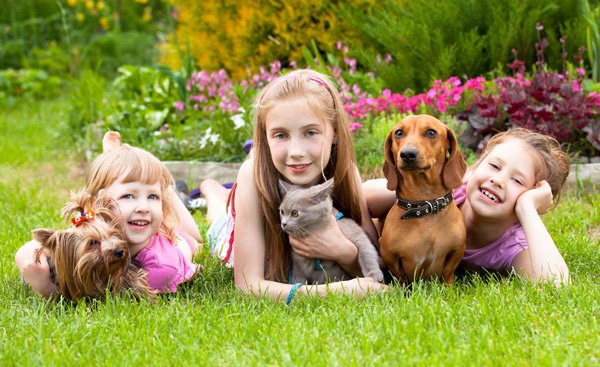 How to find BC German Shepherds for sale online?
How to find BC German Shepherds for sale online?
How to find BC German Shepherds for sale online?
How to find BC German Shepherds for sale online?
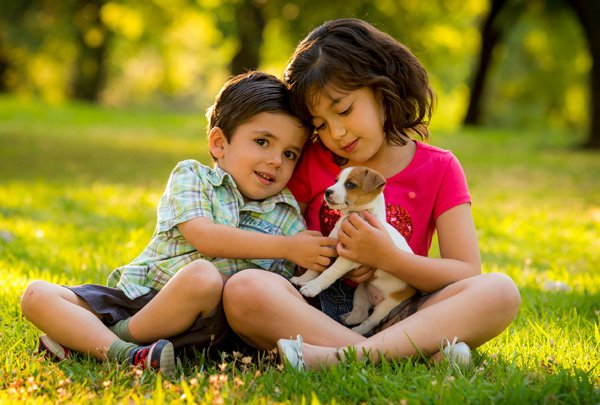 Healthy feeding is very important for all your pets and including fishes
Healthy feeding is very important for all your pets and in
Healthy feeding is very important for all your pets and including fishes
Healthy feeding is very important for all your pets and in
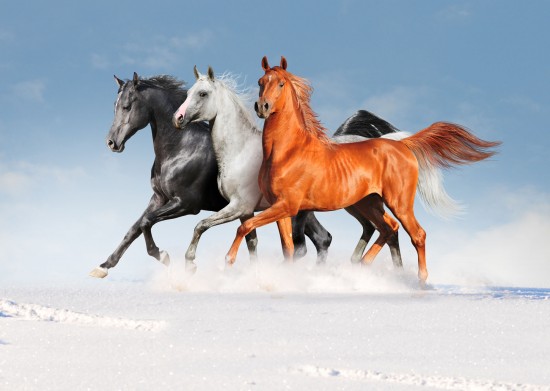 Extraordinary Colours & Characteristics Of The Arabian Horse
Extraordinary Col
Extraordinary Colours & Characteristics Of The Arabian Horse
Extraordinary Col
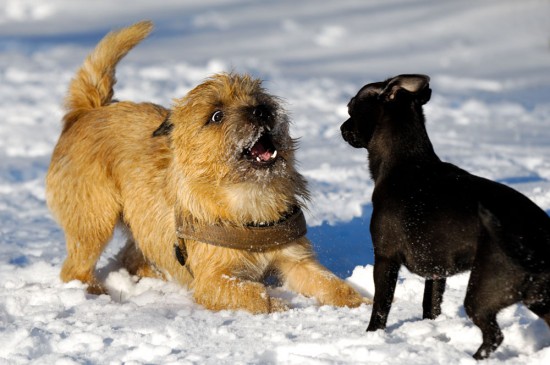 Dog Aggression Towards Unfamiliar Dogs
Dog Aggression To
Dog Aggression Towards Unfamiliar Dogs
Dog Aggression To
 Waxbills In The Uk
Waxbills In The U
Waxbills In The Uk
Waxbills In The U
Copyright © 2005-2016 Pet Information All Rights Reserved
Contact us: www162date@outlook.com